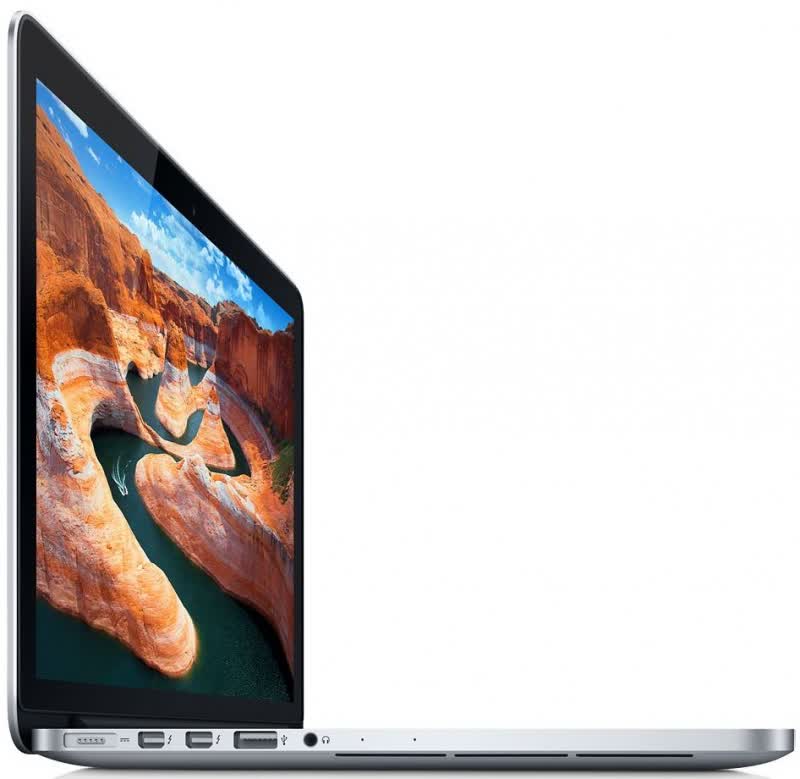

- #MAX REFRESH RATE ON MID 2014 MACBOOK PRO UPDATE#
- #MAX REFRESH RATE ON MID 2014 MACBOOK PRO FULL#
- #MAX REFRESH RATE ON MID 2014 MACBOOK PRO PRO#
With the display set as default, the available real estate ends up being half that, at 1440-by-900.
#MAX REFRESH RATE ON MID 2014 MACBOOK PRO PRO#
Granted, you’re giving up screen real estate by running in HiDPI mode, but for the sake of your eyes, it can be worth it.Ī 15” MacBook Pro with Retina Display features a native resolution of 2880-by-1800. When running in OS X’s default HiDPI mode, the amount of available real estate is effectively cut in half, resulting in a display that feels like 1920-by-1080. It just so happens that 4K monitors have enough resolution to support HiDPI mode and still be practical for typical usage.ĤK displays support a native resolution of 3840-by-2160.

Users will appreciate having a similar experience on an external display. This allows items on screen to appear larger to compensate for the smaller pixels provided on such a dense display, while allowing for tack-sharp print-like text. Since it’s enabled by default in OS X, many MacBook Pro owners with Retina displays take advantage of HiDPI mode - a setting that doubles interface element pixels on the x and y axis. Why should you consider a 4K display instead of a cheaper monitor with lesser resolution? It all boils down to clarity.
#MAX REFRESH RATE ON MID 2014 MACBOOK PRO UPDATE#
Although you’ll also need to get an adapter in order to go from the 12-inch MacBook’s 1 USB-C port to DisplayPort on the display- like this one.Īdditionally, Apple’s update to its 4k support doc confirms that it’s officially supporting Dell’s new UP2715K 27-inch 5K display following the OS X 10.10.3 update on the Mac Pro (Late 2013) and iMac (Retina 5k and 27-inch, Late 2014).If you own a MacBook Pro with Retina Display and desire extra screen real estate, then a 4K monitor can be a good investment, especially as the price of such monitors continue to dwindle. If you want 60Hz on the new 12-inch MacBook, you’ll need an SST display, DisplayPort cable, and OS X 10.10.3.

Technically it’s possible Apple could support monitors hitting the market that use HDMI 2.0 at 60 Hz, but you’ll of course still need the appropriate USB-C adapter. Since the device only has a single USB-C port, you’ll need a USB-C Digital AV Multiport Adapter. SST displays running at a resolution of 4096×2160, however, are only supported at 60Hz on the Mac Pro (Late 2013) and iMac (Retina 5k and 27-inch, Late 2014).įor Apple’s new 12-inch MacBook, the device will support displays running at a resolution of 3840×2160 at 30 Hz or 4096×2160 at 24 Hz over HDMI. MacBook Pro (Retina, 13-inch, Early 2015)
#MAX REFRESH RATE ON MID 2014 MACBOOK PRO FULL#
That should mean support for a lot more inexpensive 4K displays that don’t include DisplayPort’s Multi-Stream Transport feature.Ī full list of Macs that will support Single-Stream (SST) displays with a 60Hz refresh rate include: While previously Apple only officially supported certain Multi-Stream Transport (MST) displays at a refresh rate of 60Hz, it now says that “most single-stream 4K (3840×2160) displays” are officially supported at 60Hz as well following the recent OS X Yosemite v10.10.3 update.

Apple has expanded support for 4K displays in its recent OS X 10.10.3 release and officially confirmed specifics for using 4K displays with its new 12-inch MacBook.


 0 kommentar(er)
0 kommentar(er)
